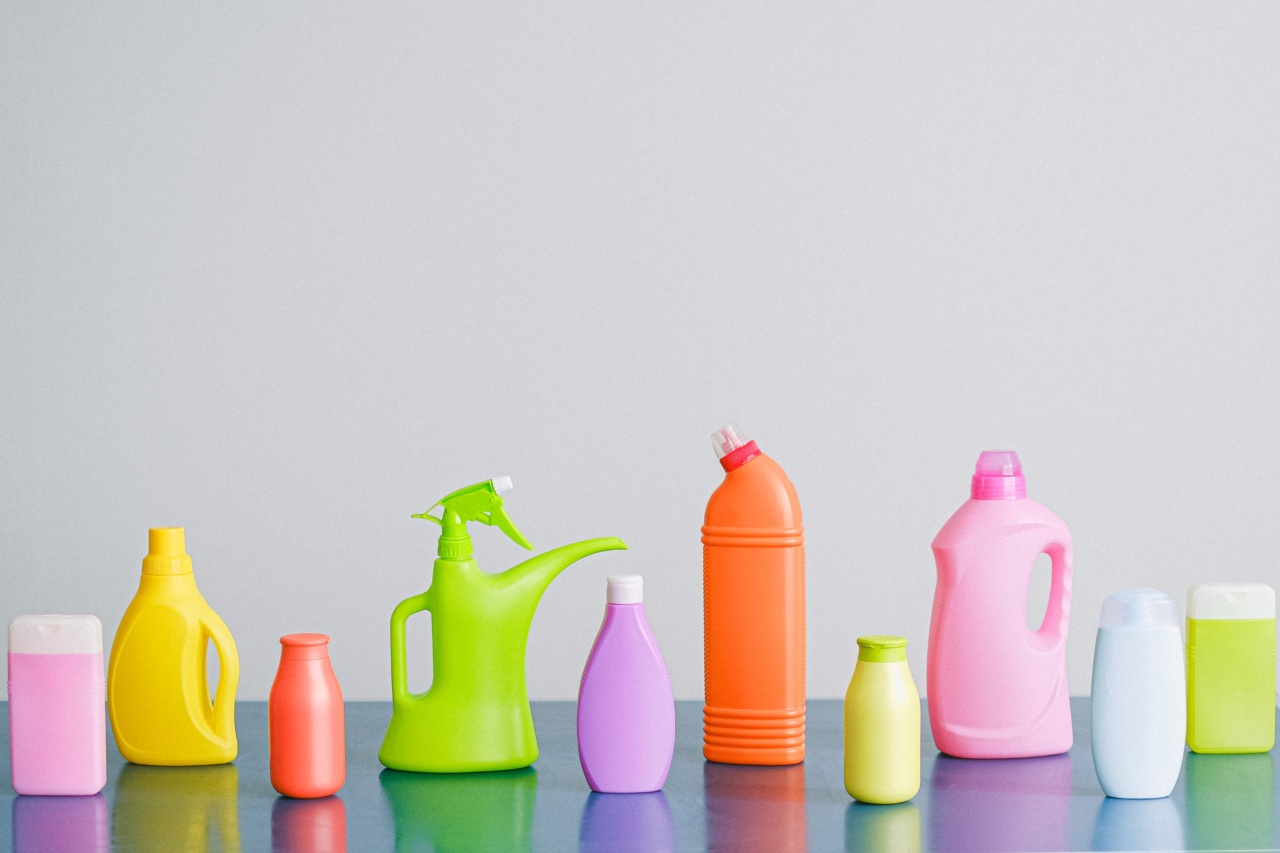Antibiotic resistance has emerged as a major global concern in recent years.
The overuse and misuse of antibiotics have led to the evolution of bacteria that are resistant to these life-saving drugs, making infections more difficult to treat and posing a serious threat to public health. While the primary causes of antibiotic resistance are well known, emerging research suggests that everyday chemicals could also be contributing to this growing problem.
The Rise of Antibiotic Resistance
Antibiotics have been hailed as one of the greatest medical breakthroughs of the 20th century, revolutionizing the treatment of bacterial infections.
However, their indiscriminate use in both humans and animals has accelerated the development of antibiotic resistance.
When antibiotics are used, they kill susceptible bacteria while leaving behind those that have inherent resistance or the ability to acquire resistance through genetic mutations.
Over time, these resistant bacteria become prevalent and can spread to other individuals or animals. The more antibiotics are used, the greater the selection pressure that favors the survival and proliferation of resistant strains.
The Role of Everyday Chemicals
While it is widely acknowledged that the overuse of antibiotics is a primary driver of resistance, researchers are now exploring the potential role of everyday chemicals in exacerbating this issue.
These chemicals, commonly found in household products, agriculture, and industrial processes, have been shown to possess antimicrobial properties.
Triclosan, a chemical commonly used in personal care products such as soaps and toothpaste, is one such example.
Studies have found that triclosan can promote the growth of drug-resistant bacteria by selectively killing susceptible organisms and leaving behind those that are resistant. This not only contributes to the problem of antibiotic resistance but also undermines the effectiveness of triclosan itself as a disinfectant.
Chemicals in Food Production
Chemicals used in food production, such as pesticides and herbicides, have also come under scrutiny for their potential contribution to antibiotic resistance.
In agricultural settings, these chemicals are often applied to crops and livestock to protect them from pests and diseases. However, they can also impact the bacteria present in the environment, including those that are beneficial or harmful to human health.
Research has shown that exposure to certain pesticides and herbicides can induce antibiotic resistance in bacteria.
For example, the herbicide glyphosate, commonly used in weed control, has been linked to the development of resistance in several bacterial species. This suggests that the use of such chemicals in agriculture may inadvertently contribute to the spread of antibiotic-resistant bacteria through environmental contamination.
Non-Antibiotic Medications
Aside from everyday chemicals, certain non-antibiotic medications have also been implicated in promoting antibiotic resistance.
Drugs like antifungals, antivirals, and antiparasitics, while not directly targeting bacteria, can create selective pressure that favors the survival of antibiotic-resistant strains.
For instance, antifungal medications, such as azoles, have been found to induce multidrug resistance in Candida albicans, a common yeast pathogen.
The widespread use of antifungal drugs in both medical and agricultural settings could potentially contribute to the emergence of multidrug-resistant bacteria in addition to fungi.
Environmental Contamination and Transfer
Another concern regarding everyday chemicals and antibiotic resistance is their potential to contaminate the environment and transfer resistance genes between different bacteria across diverse ecosystems.
Chemicals, such as heavy metals and industrial pollutants, can promote the horizontal transfer of resistance genes between bacteria, allowing them to acquire new mechanisms of resistance.
Once resistance genes are disseminated in the environment, they can be transferred to pathogenic bacteria, making them resistant to antibiotics.
This phenomenon has been observed in various settings, including hospitals, wastewater treatment plants, and agricultural fields.
Regulatory Measures and Future Directions
The emerging evidence linking everyday chemicals to antibiotic resistance highlights the need for greater regulation and awareness. Governments and regulatory agencies around the world are starting to take action to address this issue.
In recent years, several countries have implemented bans or restrictions on certain chemicals, such as triclosan, in consumer products.
Additionally, there is a growing movement promoting the responsible use of antibiotics in both healthcare and agriculture to minimize the development and spread of resistance.
Further research is needed to better understand the mechanisms by which everyday chemicals contribute to antibiotic resistance.
This knowledge will aid in the development of strategies to mitigate their impact and preserve the effectiveness of antibiotics for future generations.





























